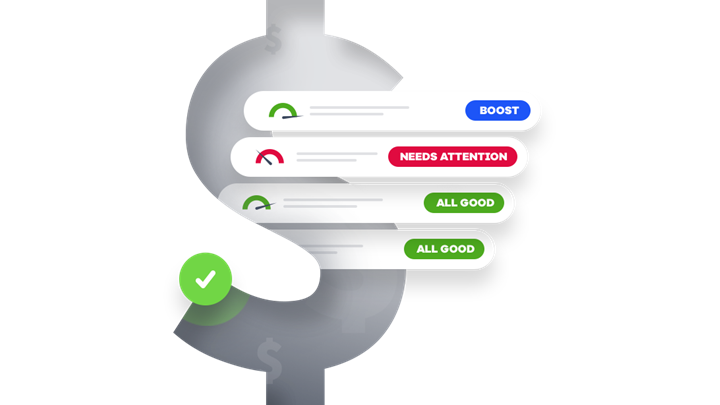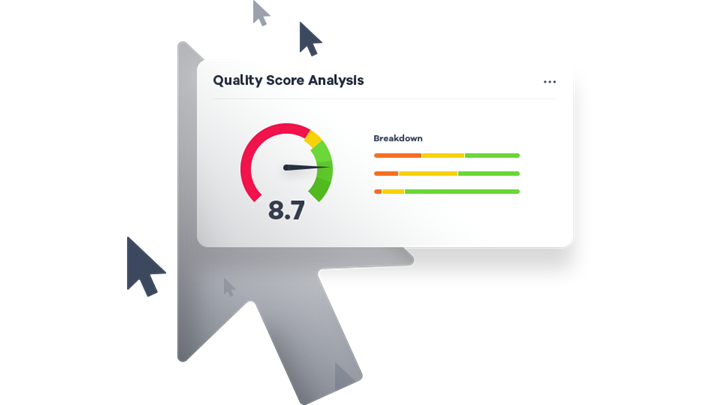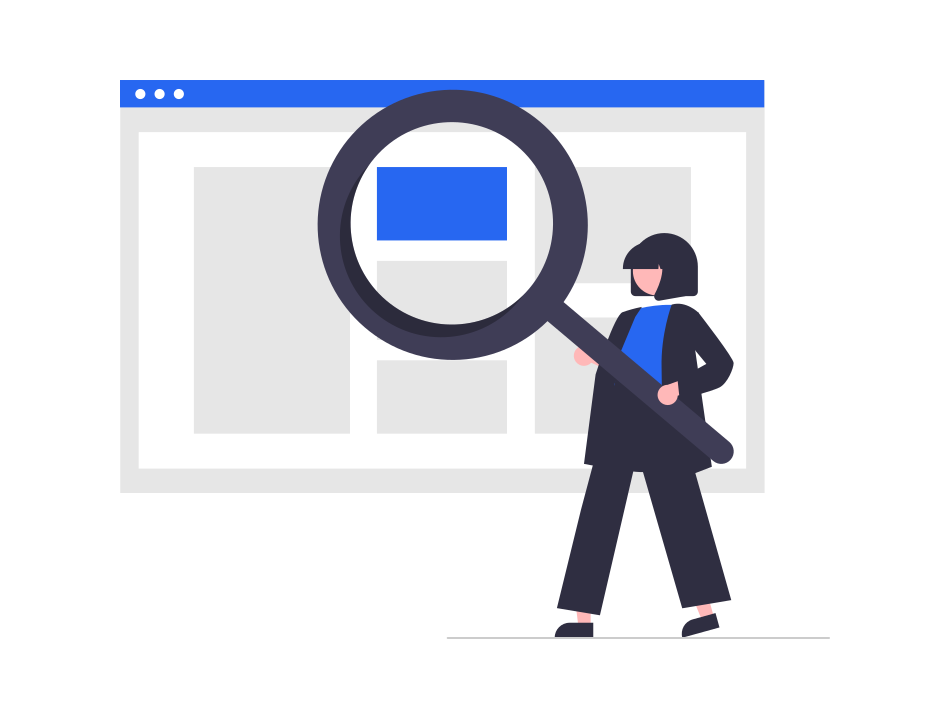Google Ads audit: How to make the most of PPC campaigns
Google Ads campaigns are an integral part of most organization’s marketing strategies. Paid search traffic is one of the best ways to quickly bring highly targeted visitors to your site.
But are your Google Ads as effective as they can be, or are you just wasting your marketing spend?
A Google Ads audit will help you get the answers.
Read on to discover:
- What a Google Ads audit is
- Why you should do such an audit
- How to perform a Google Ads audit

What is a Google Ads audit?
A Google Ads audit is the process of taking a close look at your existing Google campaigns and ads to evaluate their performance.
A well-executed audit will help you spot issues to fix, identify areas for improvement, and give you a clear overall picture of how well your Google Ads are doing.
Why should you audit your Google Ads campaigns?
In certain cases, a Google Ads audit is simply a natural part of someone taking over an existing Google Ads account. This could be a newly hired paid marketing specialist or an external consultant or paid search agency.
Even if no new people are involved, performing a Google Ads audit should be a routine element of your paid marketing strategy. That’s because it’s easy to simply let your old ads run on autopilot. No matter how successful your ads were when you first launched them, there are bound to be new developments that call for further optimization.
Regularly reviewing your Google Ads account is the best way to make sure you’re always getting the most out of your budget.

How to perform a Google Ads audit
The goal of any audit is to provide you with a clear action plan based on the insights you garner. To run a successful Google Ads audit, make sure you take the following steps.
1. Set a benchmark
Before you start the auditing process, you must define the benchmarks against which you’ll be measuring your performance. Without such a benchmark, it’ll be difficult to evaluate which of your ads are succeeding.
Some good questions to think about are; what is a ‘good’ conversion rate for your site? How many clicks per 1,000 ad views can you reasonably expect on average?
Setting these benchmarks makes it possible to distinguish between the well-performing ads those you’ll need to improve.
2. Review your account and campaign settings
Now it’s time to go through the entire Google Ads account and review its structure and campaign settings.
You should consider the following: Do you have too many separate campaigns? Do the ad groups within each campaign still make sense, or should you restructure them based on different criteria? Does the search query mix for each ad group point at the need for additional ad groups or a merging of some?
Here you can also review targeting settings like which devices and locations you’re addressing with your ads.
It’s hard to get things 100% right the first time you set up your Google Ads account. Reviewing historical performance data will help you fine-tune the campaign settings and optimize your ads further for more effective and efficient paid search.
3. Break down the Google Quality Score
Google’s Quality Score assigns each of your ad and keyword combinations a rating between 0 and 10. The score is based on three key factors:
- Ad relevance: How relevant does your ad feel to people using the keywords you’re targeting?
- Expected clickthrough rate: Compares the clickthrough rate of your ads to all ads targeting the same keywords.
- Landing page experience: Analyzes the landing pages your ads point to. How relevant are these pages to someone who clicks your ad? How easy are they to navigate and engage with?
The higher the Quality Score of your ads, the less you’ll pay per click and the more likely your ads are to show up in more valuable premium positions.
You’ll want to slice and review your Quality Score data by campaign, ad group, and specific keywords. This helps you spot poor performance areas, so you can either optimize them – or at least stop throwing money after them.
Start with a complete overview of every keyword that has a below-average performance within any of the three main factors: ad relevance, expected clickthrough rate, or landing page experience. This lets you tackle the low-hanging fruit first before moving on to further tweaks.
4. Audit your landing pages
Sometimes, your landing pages are the issue, rather than the Google Ads themselves.
Your ads might be hyper relevant and succeed in driving a high rate of clicks. But if these ads point to landing pages that don’t match the user intent or are difficult to interact with, your entire ad performance will suffer.
That said, it’s important to review your landing pages to make sure they are:
- Showing users what they expect to see based on your Google Ads
- Load quickly and are easy to navigate on any device
- Have clear, visible, and relevant call-to-action elements
You’ll often have to create entirely new, niche landing pages that match the long-tail keywords you’re targeting. An ad for “wooden toddler toys” should ideally take people to a landing page that displays wooden toys for toddlers, rather than driving traffic to the general “/toys/” category of your site.
Simply put: If your landing pages do not convert, your Google Ads budget is wasted.
5. Review your search terms for potential negative keywords
Your Google Ads audit must also involve a look at your list of negative keywords. These are any keywords which end up driving traffic that doesn’t match your value proposition.
For instance, maybe your online bakery targets the word “cookie” with its Google Ads. Then you suddenly see a lot of traffic from people asking how to delete their browser cookies. You content doesn’t actually help these visitors, so you’ll want to add the word “browser” to the negative keywords list to avoid showing your ads for this search query.
You must keep track of and regularly update your negative keywords list to make sure you’re not losing money on completely irrelevant visitors.
6. Audit your spending allocation
At this stage of your Google Ads audit, you’ll have a much more complete picture of how your campaigns, ad groups, and ads are performing. This picture should guide your bidding strategy and budget allocation.
You can now turn up the spending on campaigns and ads that are doing well. Alternatively, you can reduce or even cut the ad spend on ads that drive poorly converting traffic. (At least until you find a way to fix or optimize them.)
Assessing and adjusting your Google Ads budget on an ongoing basis ensures that you consistently get the most value out of your paid search traffic spend.
7. Use web analytics tools to optimize your conversion rate
Once your Google Ads have been fully optimized with a PPC management software, you can turn your attention to what happens on your website itself.
Pull up reports from your web analytics tool to understand the way ads visitors navigate your site, how they convert, and where they run into issues. This gives you an indication of whether your site experience closely matches the expectations of your visitors and their search intent.
You can also look at the heatmaps for your Google Ads landing pages to identify roadblocks and improve call-to-action elements.
When used together, these web analytics insights will help you get more conversions out every Google Ads click.

Ready to make the most out of your Google Ads?
Siteimprove can help you achieve your digital potential with a Google Ads Management tool that fits your needs
Get in touch